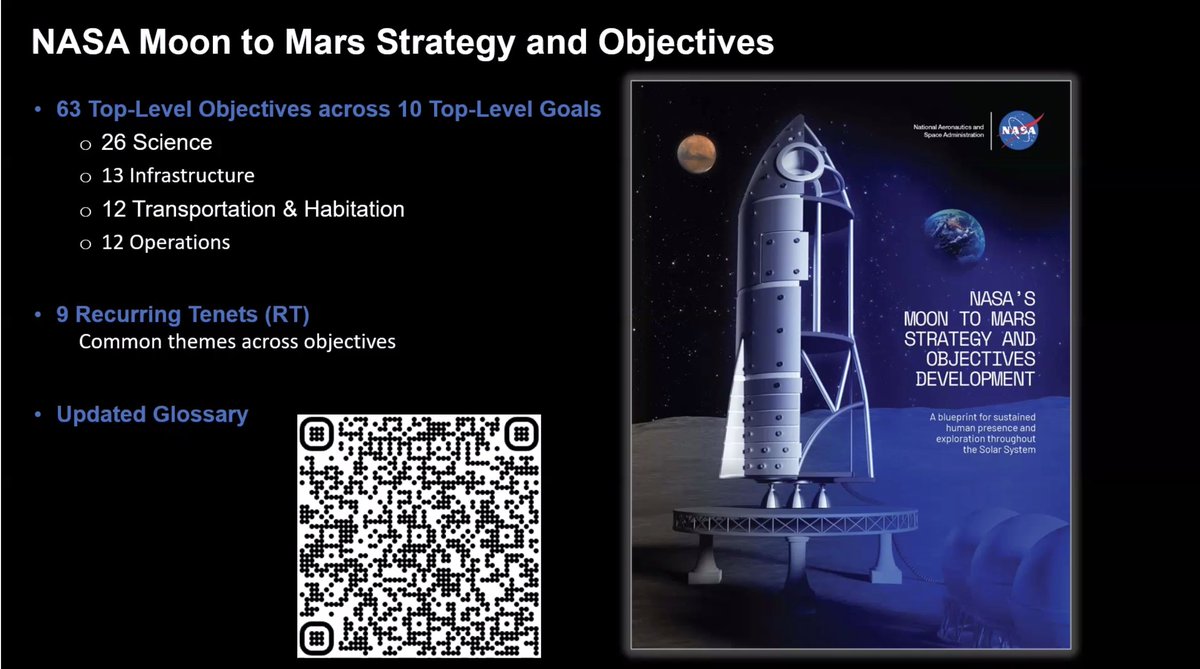Start with Space Io How organisms respond to the space environment, The human research program is looking at how to apply all of this to the human sphere. The large ablity to fly thousands of people just isn't here yet 

You also want to understand the microbial environment we all have a microbiome as do plants Want to understand the stressors and how each level impacts humans. Then study how the environment impacts organisms, including humans.Want to ID what things to monitor in flight. 





Significant changes to the human immune system in spaceflight. Human spaceflight data sets, and other cases, was a signal of increase of inflamation and impact to the immune system discovered a good biomarker to evaluate crew health 

Another issue is bone loss... looking at rats, discovered a decrease of muscle mass also saw issues with bone loss. Studies are important so we can understand bone loss and understand the impact of exercise. Different mechanisms in play in males & females 

Comparing Human spaceflight data mouse data, there are changes in the power plant that powers the cell. Fewer antioxidants, this is setting up follow-up investigations. 

SO how does this help "Space for everyone?" wanty to obtain data, understand what's going on, and personalize healthcare options. how will people respond to different therapies? Decadal Survey for Space Medicine ongoing. If you have ideas on how space biology can help 

Example of Organ/Tissue on CHip work. Has proven very effective in looking at the response to lung tissue to smoke and other areas. Reformed this structure on a chip. Tissues did not respons unless there was some stretching. Applying that, they respond just like the actual tissue 



Space Biology wants to understand how humans respond to long-term space flight and apply what has been learned to Earth-based health concerns. 

• • •
Missing some Tweet in this thread? You can try to
force a refresh

























